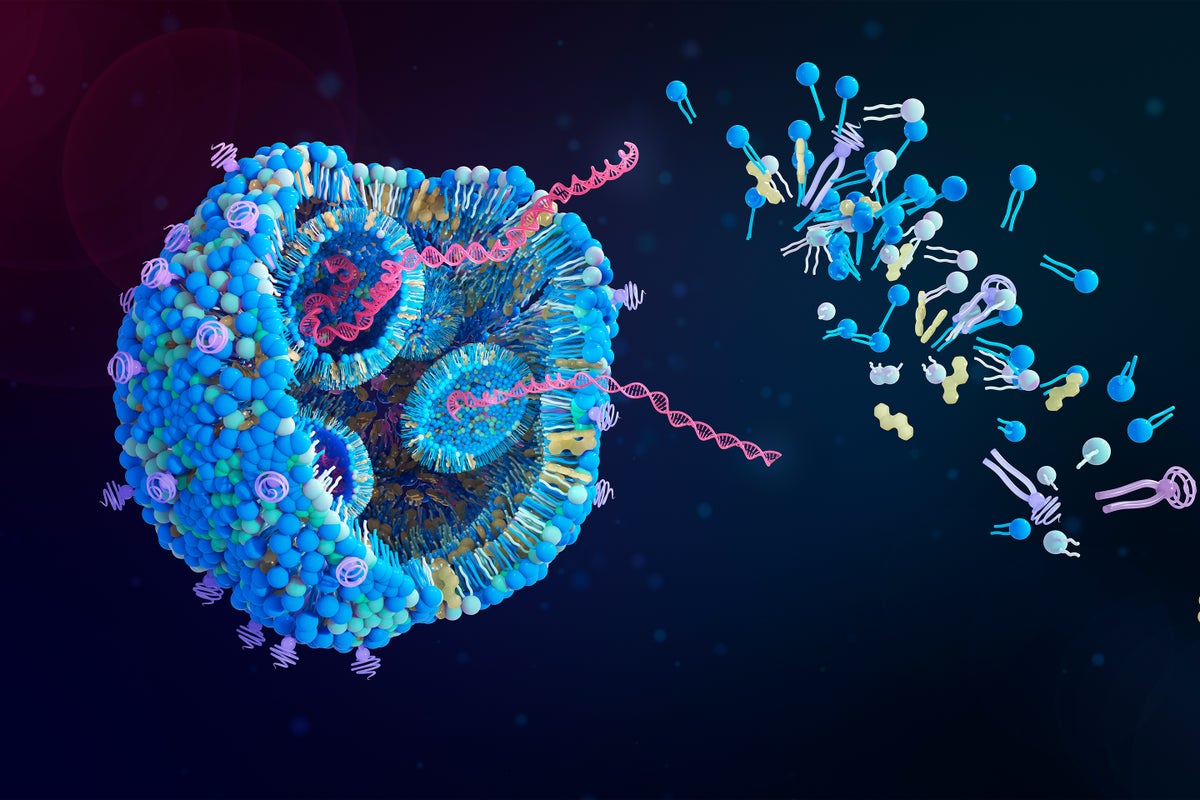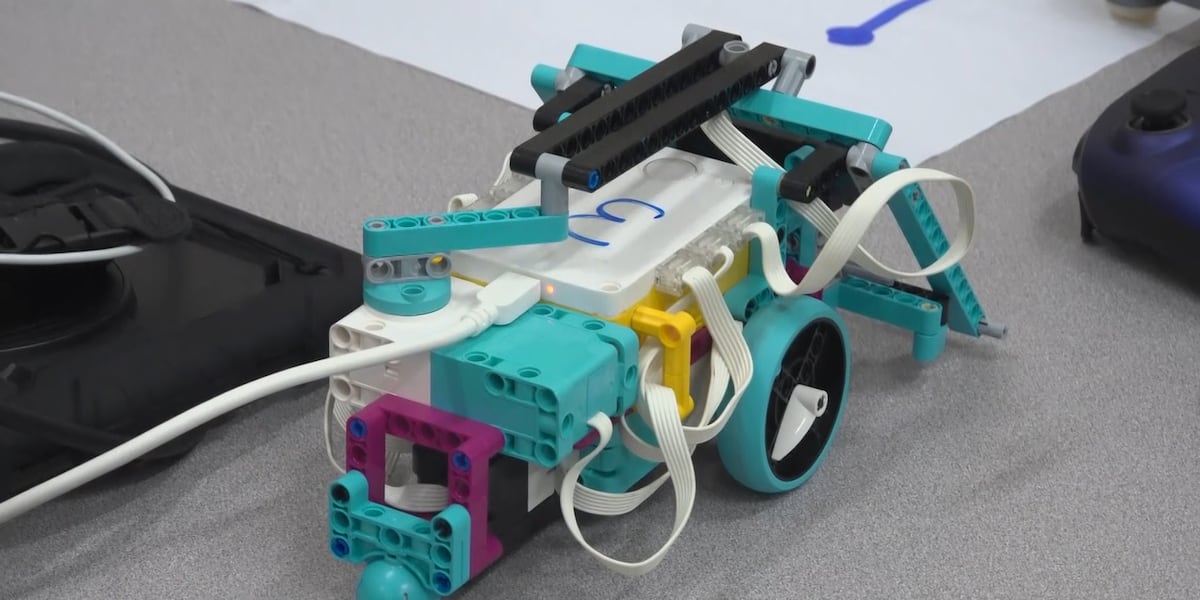California's Wildfire Defense: Cutting-Edge Tech to Combat Blazing Flames

California's ongoing battle against devastating wildfires has spurred an unprecedented wave of technological innovation. Forget traditional firefighting methods – a new era of smart technology is emerging, promising to revolutionize how we combat advancing flames. This article explores the groundbreaking advancements being deployed, from intelligent fire trucks and nozzles to AI-powered pilotless helicopters and uniforms crafted with smart fabrics, all aiming to turn the tide against California's wildfire crisis.
The Rise of Smart Firefighting Equipment
The future of firefighting isn't just about manpower; it's about leveraging data and automation. Smart fire trucks are being developed with enhanced sensors and communication capabilities. These trucks can analyze real-time fire conditions, predict fire behavior, and coordinate responses with other emergency services. Similarly, smart nozzles are being engineered to optimize water delivery, targeting hotspots with greater precision and minimizing water waste. These aren’t simply upgrades; they represent a fundamental shift toward data-driven decision-making on the front lines.
Intelligent Fabrics and Enhanced Personnel Protection
Firefighters face extreme conditions, and protecting them is paramount. Uniforms with intelligent fabrics are a key piece of this puzzle. These materials are designed to be fire-resistant, breathable, and even capable of monitoring the firefighter's vital signs, alerting supervisors to potential health risks. Integrated sensors can track heart rate, body temperature, and exposure to harmful gases, providing valuable insights into the firefighter's well-being and allowing for proactive interventions. This technology moves beyond basic protection to active health monitoring and risk mitigation.
AI-Powered Pilotless Helicopters: A New Perspective on Aerial Firefighting
Aerial firefighting has always been crucial, but traditional helicopters are limited by pilot fatigue and visibility challenges. Pilotless helicopters, guided by advanced AI algorithms, offer a game-changing solution. These drones can operate for longer periods, navigate complex terrain, and deliver water or fire retardant with pinpoint accuracy. AI enables them to analyze thermal imagery, identify fire spread patterns, and adapt their strategies in real-time, all while minimizing risks to human pilots. The integration of machine learning allows these systems to continuously improve their performance based on past experiences, making them increasingly effective over time.
The Role of Artificial Intelligence (AI) in Wildfire Management
Underpinning all these technological advancements is the power of artificial intelligence. AI algorithms are being used to analyze vast datasets, including weather patterns, vegetation density, and historical fire data, to predict wildfire risk and optimize resource allocation. AI-powered models can also simulate fire behavior, allowing firefighters to anticipate how a fire will spread and develop more effective containment strategies. From early detection to post-fire analysis, AI is becoming an indispensable tool in the fight against wildfires.
Looking Ahead: A Future of Proactive Wildfire Defense
California's investment in these cutting-edge technologies signals a shift toward a more proactive and data-driven approach to wildfire management. While these innovations won't eliminate wildfires entirely, they offer a powerful arsenal of tools to mitigate their impact, protect communities, and safeguard the environment. The future of wildfire defense is here, and it's powered by technology.






